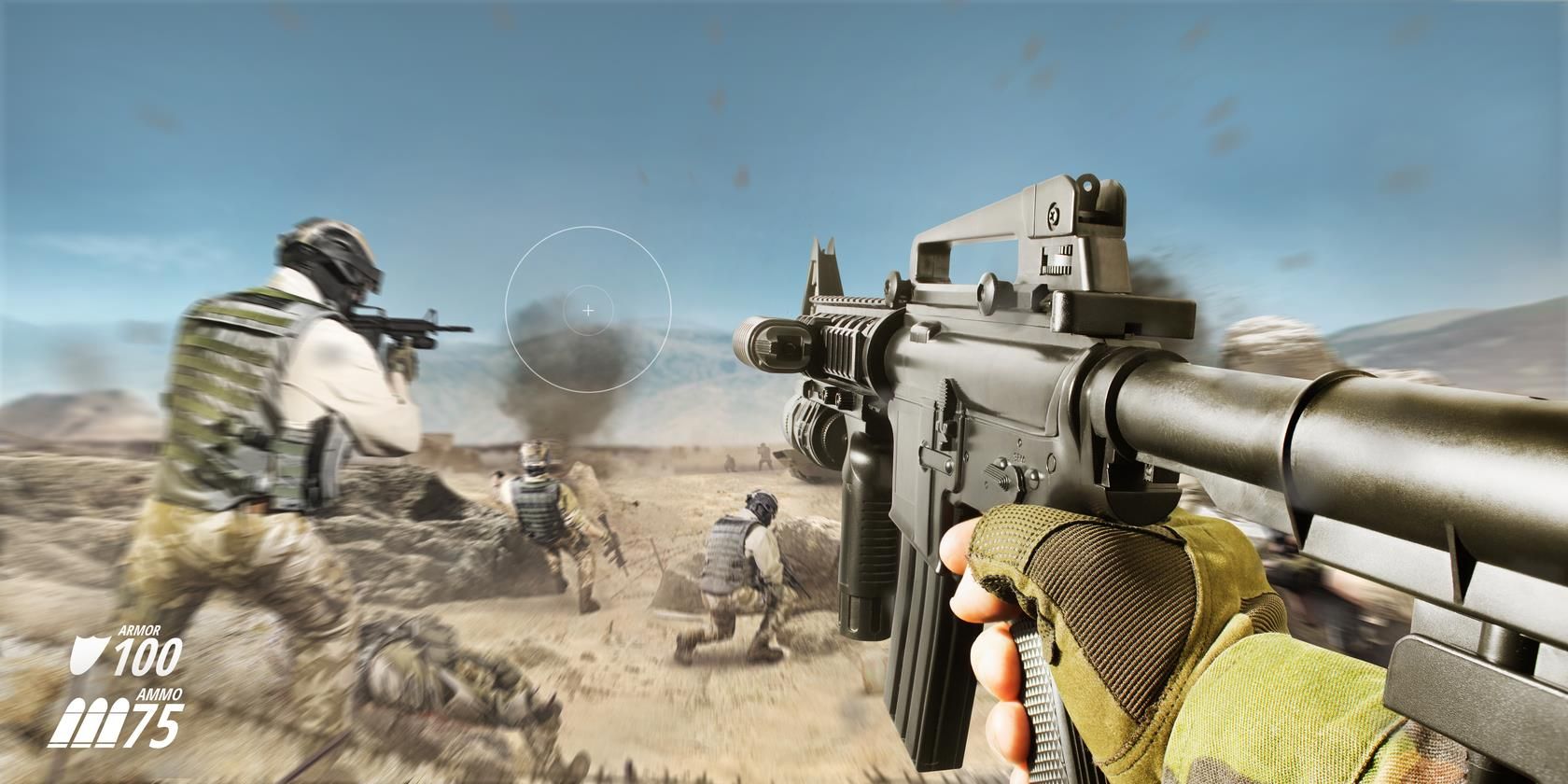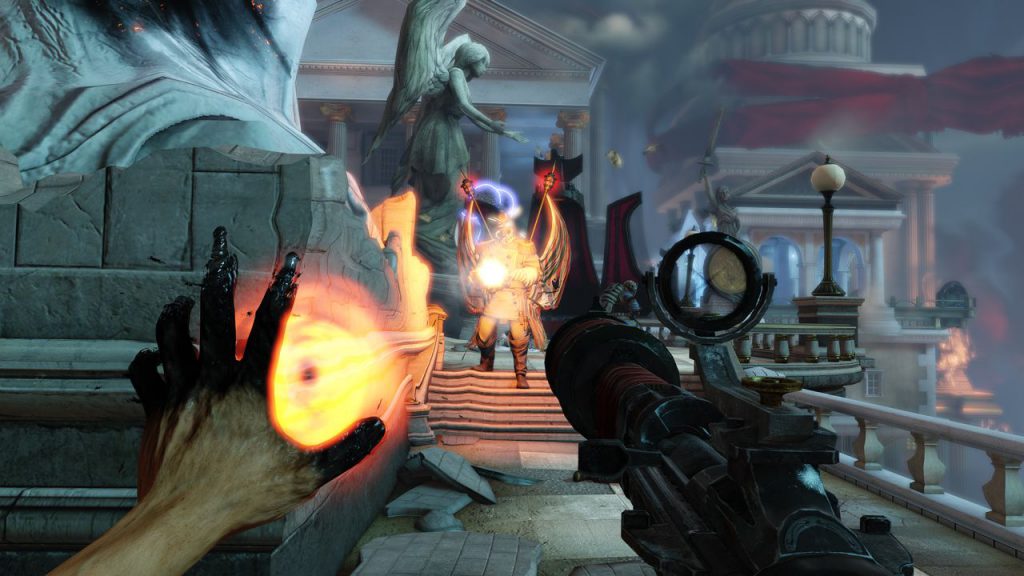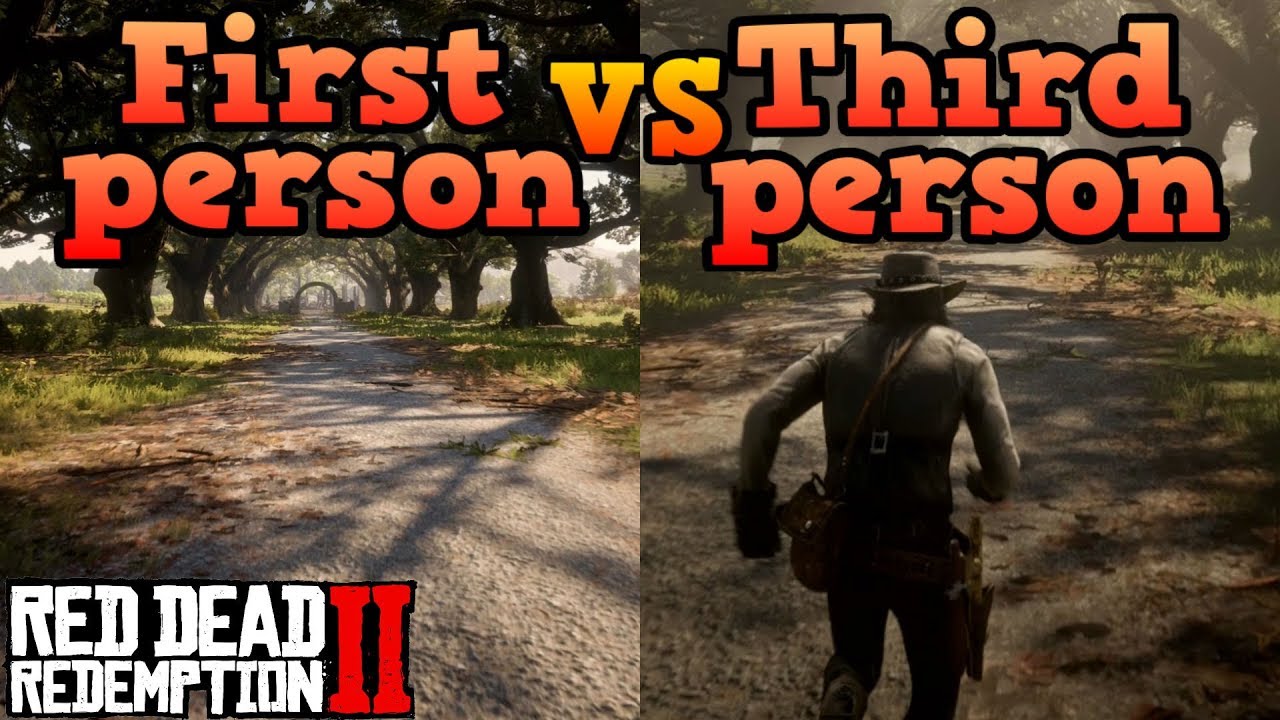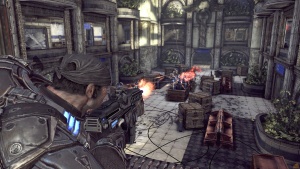Introduction
Level design plays a crucial role in shaping the gameplay experience of first-person shooter (FPS) and third-person shooter (TPS) games. While both genres involve intense combat and strategic gameplay, their level designs differ significantly due to the unique perspectives and mechanics they offer. In this article, we will explore the characteristics, elements, and gameplay mechanics that distinguish FPS and TPS level design. We will also delve into how these designs impact player immersion, tactics, and strategy. By understanding these differences, we can gain insights into the fascinating world of level design in FPS and TPS games.
Understanding the concept of level design in FPS and TPS games
Level design in first-person shooter (FPS) and third-person shooter (TPS) games refers to the creation of game environments, layouts, and structures that players navigate through. It involves designing the placement of obstacles, enemies, interactive objects, and other elements to create engaging gameplay experiences. The level design is crucial in determining the pacing, flow, and strategic opportunities within the game. In FPS games, the level design focuses on creating immersive and fast-paced environments that enhance gunplay and player movement. In TPS games, the level design takes into account the unique camera perspective and emphasizes cover-based mechanics and strategic positioning.
Level Design in FPS Games

Level design in FPS games is all about creating immersive and fast-paced environments that enhance gunplay and player movement. The level layouts are designed to keep players engaged and constantly on the move, with strategic opportunities for combat and exploration. Obstacles, enemies, and interactive objects are strategically placed to challenge players and create tension. Environmental interactions, such as destructible objects or dynamic cover systems, play a crucial role in shaping gameplay experiences. Overall, the level design in FPS games aims to provide thrilling action sequences and intense moments of gameplay.
Characteristics and elements of level design in First-Person Shooter games

Level design in FPS games is all about creating immersive and fast-paced environments that enhance gunplay and player movement. The level layouts are designed to keep players engaged and constantly on the move, with strategic opportunities for combat and exploration. Obstacles, enemies, and interactive objects are strategically placed to challenge players and create tension. Environmental interactions, such as destructible objects or dynamic cover systems, play a crucial role in shaping gameplay experiences. Overall, the level design in FPS games aims to provide thrilling action sequences and intense moments of gameplay.
Importance of environmental interactions in FPS level design

Environmental interactions play a crucial role in shaping the gameplay experience in FPS level design. They provide opportunities for players to strategize, adapt, and utilize their surroundings to gain an advantage over enemies. Destructible objects, such as walls or crates, can be used for cover or to create new paths. Dynamic elements like elevators or collapsing structures add excitement and unpredictability. Additionally, interactive objects like switches or levers can unlock doors or reveal hidden areas. These environmental interactions add depth and immersion to the gameplay, making each level feel dynamic and interactive.
Level Design in TPS Games
Level design in third-person shooter (TPS) games shares some similarities with FPS games but also incorporates unique elements. In TPS games, the camera perspective is positioned behind the character, providing a wider field of view and allowing players to see their character’s movements. This perspective influences the level design by emphasizing the importance of cover-based mechanics. TPS levels often feature strategically placed objects or structures that provide cover for players during combat. Additionally, TPS games may have more open environments and larger maps to accommodate the player’s ability to explore and maneuver in third person.
Characteristics and elements specific to Third-Person Shooter games
In third-person shooter (TPS) games, the camera perspective is positioned behind the character, providing a wider field of view and allowing players to see their character’s movements. This perspective influences the level design by emphasizing the importance of cover-based mechanics. TPS levels often feature strategically placed objects or structures that provide cover for players during combat. Additionally, TPS games may have more open environments and larger maps to accommodate the player’s ability to explore and maneuver in third person. These elements contribute to a unique gameplay experience in TPS games.
Role of camera perspective in shaping level design in TPS games

The camera perspective in third-person shooter (TPS) games plays a crucial role in shaping the level design. With the camera positioned behind the character, players have a wider field of view, allowing them to see their character’s movements and surroundings. This influences the placement of objects and structures in the level, as they need to provide cover for the player during combat. The camera perspective also allows for more dynamic movement and exploration, leading to larger and more open environments in TPS games. Ultimately, it enhances immersion and adds strategic depth to gameplay.
Gameplay Mechanics in FPS vs TPS Level Design
When it comes to gameplay mechanics, FPS and TPS games have distinct differences that greatly influence level design.
In FPS games, the first-person perspective immerses players directly into the action. This perspective emphasizes precision aiming and quick reflexes, leading to tight and fast-paced combat encounters. Level design in FPS games often focuses on creating narrow corridors, strategic chokepoints, and verticality to enhance the intensity of gunfights. Environmental interactions such as destructible objects or interactive switches are also commonly included to add depth to gameplay.
On the other hand, TPS games provide a wider field of view due to the third-person camera perspective. This allows for more dynamic movement and exploration, resulting in larger and more open environments. Level design in TPS games often includes cover systems, with strategically placed objects and structures that provide protection during combat. These environments encourage players to use tactical positioning and maneuverability to outsmart their opponents.
The table below summarizes the key differences in gameplay mechanics between FPS and TPS level design:
| Gameplay Mechanics | First-Person Shooter (FPS) | Third-Person Shooter (TPS) |
|---|---|---|
| Perspective | First-person | Third-person |
| Combat Style | Precise aiming | Dynamic movement |
| Level Design | Narrow corridors | Open environments |
| Environmental Interactions | Destructible objects, interactive switches | Cover systems |
By understanding these gameplay mechanics, level designers can create experiences that cater to the strengths of each genre. Whether it’s intense firefights or strategic cover-based combat, the gameplay mechanics shape how levels are designed to maximize engagement and player enjoyment.
Comparison of gameplay mechanics and how they influence level design in FPS and TPS games
The gameplay mechanics in FPS and TPS games have a significant impact on level design. In FPS games, the first-person perspective emphasizes precision aiming and quick reflexes, resulting in tight and fast-paced combat encounters. This leads to level designs with narrow corridors, strategic chokepoints, and verticality to enhance the intensity of gunfights. On the other hand, TPS games provide a wider field of view due to the third-person camera perspective, allowing for more dynamic movement and exploration. This results in larger and more open environments with cover systems that encourage tactical positioning and maneuverability. These differences in gameplay mechanics shape how levels are designed to maximize engagement and player enjoyment.
Impact of player movement and combat dynamics on level design
The movement and combat dynamics of players in FPS and TPS games greatly influence the design of levels. In FPS games, where precision aiming and quick reflexes are crucial, level design often includes tight spaces, narrow corridors, and strategic chokepoints to create intense gunfights. On the other hand, TPS games allow for more dynamic movement and exploration due to the third-person perspective. This results in larger and more open environments with cover systems that encourage tactical positioning and maneuverability. The level design in both genres aims to maximize player engagement by catering to the specific gameplay mechanics and providing opportunities for strategic decision-making.
Player Experience in FPS vs TPS Level Design
When it comes to player experience, both FPS and TPS level designs aim to immerse players in thrilling gameplay. In FPS games, the first-person perspective intensifies the sense of immersion, making players feel like they are directly in the action. The tight spaces and strategic chokepoints in FPS levels create a sense of tension and require precise aiming and quick reflexes.
In TPS games, the third-person perspective allows for a more dynamic and exploratory experience. Players can see their character’s movements, which adds an element of strategy to positioning and maneuverability. The larger, more open environments in TPS levels encourage players to use cover systems effectively and plan their actions accordingly.
Ultimately, both genres strive to provide engaging experiences by leveraging their unique gameplay mechanics and level design elements.
Exploring the player immersion and engagement in FPS and TPS level designs
Both FPS and TPS level designs aim to create immersive and engaging experiences for players. In FPS games, the first-person perspective intensifies this immersion by putting players directly in the action. The tight spaces and strategic chokepoints in FPS levels create a sense of tension and require precise aiming and quick reflexes. On the other hand, TPS games offer a more dynamic and exploratory experience with their third-person perspective. Players can see their character’s movements, adding an element of strategy to positioning and maneuverability. The larger, more open environments in TPS levels encourage players to use cover systems effectively and plan their actions accordingly. Overall, both genres strive to provide thrilling gameplay that keeps players engaged throughout their gaming experience.
How level design affects player tactics and strategy in each genre

Level design plays a crucial role in shaping player tactics and strategy in both FPS and TPS games. In FPS games, the tight spaces and strategic chokepoints force players to carefully plan their movements and use cover effectively. The level layout can influence the effectiveness of different weapons and encourage players to adopt specific playstyles. On the other hand, in TPS games, the larger, more open environments provide opportunities for flanking maneuvers and tactical positioning. Players must consider line-of-sight, cover availability, and movement patterns to outwit their opponents. Overall, level design directly impacts player decision-making and gameplay strategies in both genres.
Conclusion
In conclusion, level design plays a fundamental role in shaping player tactics and strategy in both FPS and TPS games. The characteristics and elements specific to each genre, such as tight spaces and strategic chokepoints in FPS games or larger open environments in TPS games, greatly influence player decision-making. The gameplay mechanics, including movement and combat dynamics, also have a significant impact on level design. Ultimately, the goal of level design is to create an immersive and engaging experience for players while providing opportunities for strategic thinking and skillful gameplay. As technology advances, we can expect to see even more innovative and immersive level designs in both genres.
Key takeaways and considerations in level design between FPS and TPS games
When it comes to level design in FPS and TPS games, there are several key takeaways to keep in mind. First, understanding the specific characteristics and elements of each genre is crucial in creating immersive environments. Second, gameplay mechanics such as movement and combat dynamics play a significant role in shaping level design. Third, player tactics and strategy differ between FPS and TPS games due to the unique features of each genre. Lastly, level design should aim to provide an engaging and strategic experience for players while taking advantage of technological advancements. By considering these factors, designers can create memorable and enjoyable levels for both genres.
Future trends and innovations in level design for both genres

As technology continues to evolve, the future of level design in FPS and TPS games holds exciting possibilities. One trend that is gaining momentum is the integration of procedural generation techniques, allowing for dynamically generated levels that offer unique experiences with each playthrough. Additionally, advancements in virtual reality (VR) and augmented reality (AR) are opening up new avenues for immersive level design, providing players with more realistic and interactive environments. Furthermore, increased emphasis on player choice and branching paths allows for greater player agency and personalized experiences. Overall, the future of level design promises to push boundaries and deliver even more engaging and memorable gameplay.












What do you think?
It is nice to know your opinion. Leave a comment.